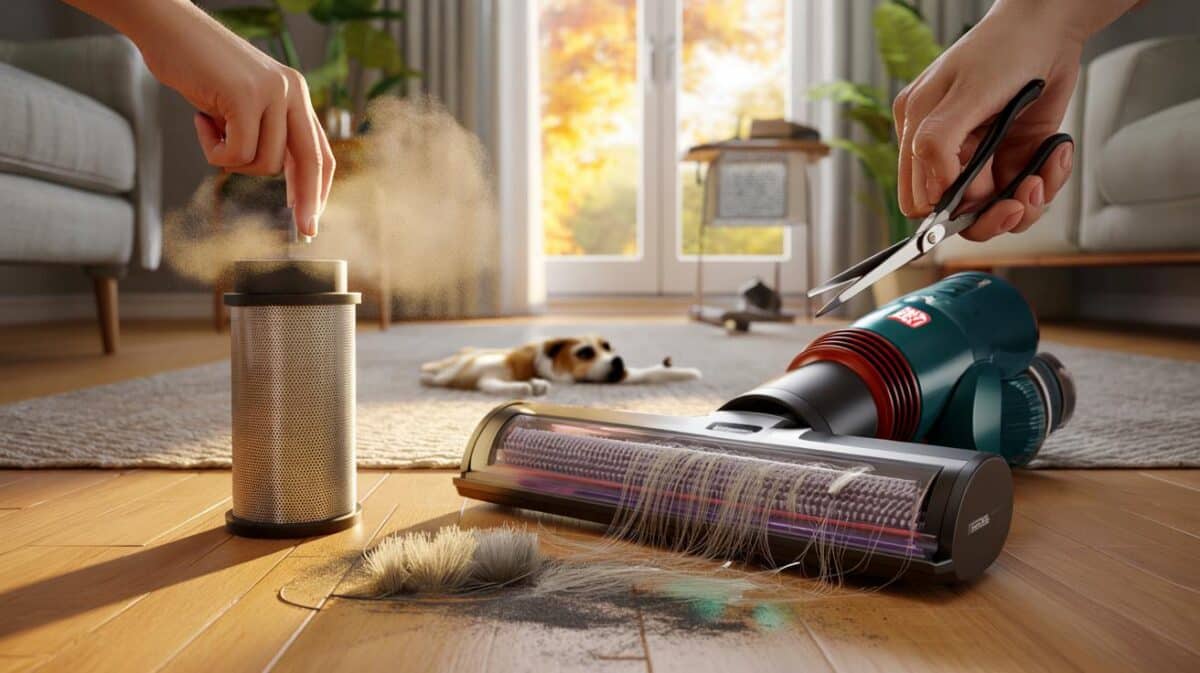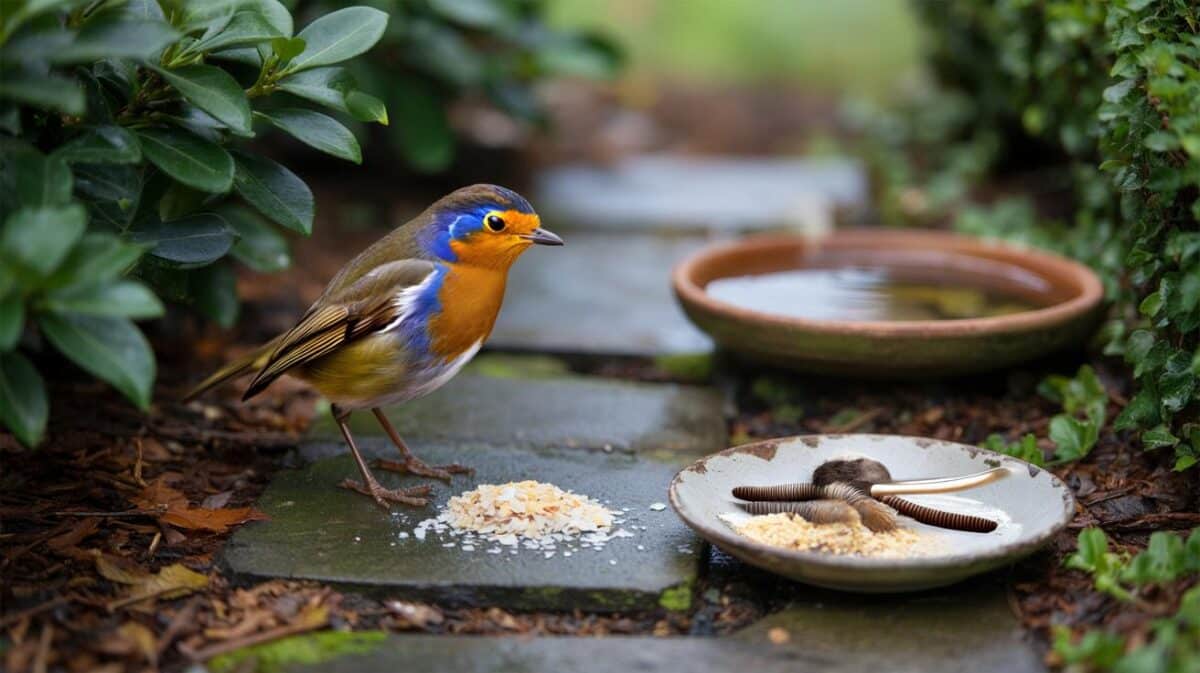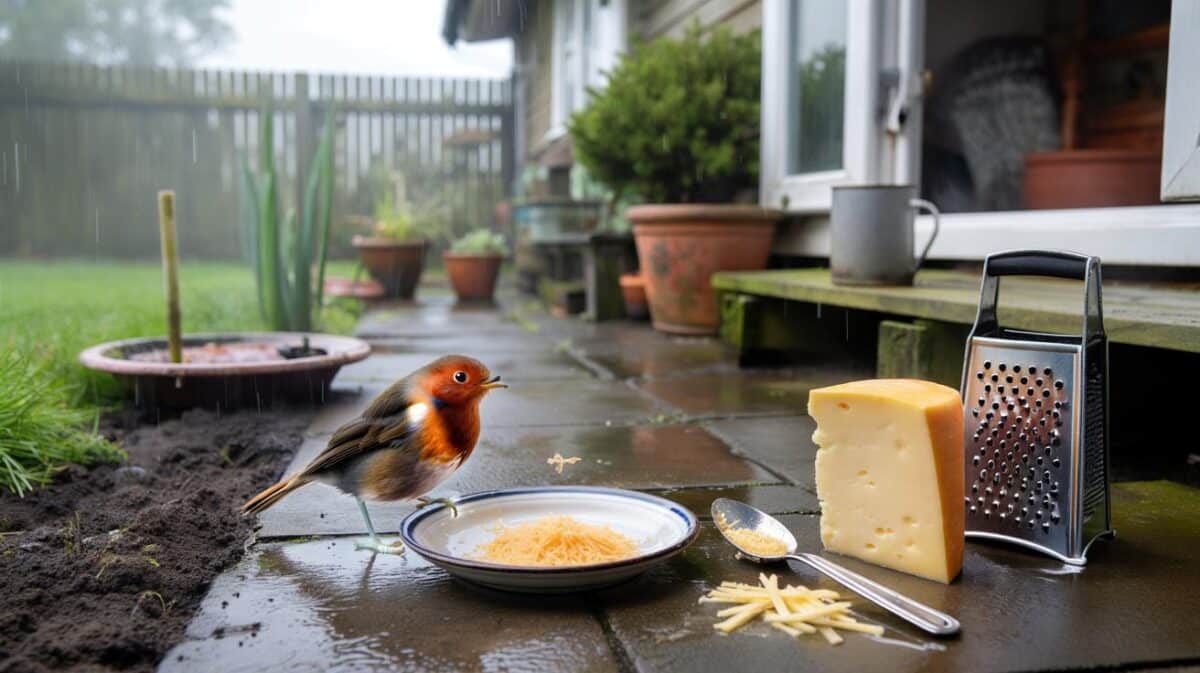Across the country, owners face the same puzzle as the heating clicks on. Why does the pricey, soft basket stay empty while the cardboard on the floor wins every time? The fix sits in plain sight and takes minutes, because it leans on feline instincts rather than gadgets.
Why your cat keeps snubbing that plush bed
Placement mistakes you make without noticing
Many owners choose a handsome bed, set it centre stage, and hope for the best. The plan often backfires for simple reasons tied to traffic, temperature and scent. These frequent errors push cats away:
- Positioning the bed in a busy walkway, by a door, or in the middle of the room
- Parking it in a draught or pressing it against a hot radiator
- Choosing shiny synthetic fabrics that cling to odours and static
- Stuffing the basket with cushions and toys that crowd the space
- Placing it under a TV or next to speakers and loud subwoofers
What a cat actually wants from a resting spot
Cats seek safety first. They like a hide with a view. The ideal bed feels sheltered, warm, and slightly elevated. They patrol, then perch. They nap where sound stays low and air sits still. Warmth matters more as nights cool, yet most cats prefer gentle, even heat over hot blasts. Familiar scent seals the deal.
Match the bed to the place your cat already naps, then add warmth and familiar scent. Location makes the bed.
The simple fix that works in minutes
Find the proven spots in your home
Watch your cat for two days. Note the chairs, ledges and corners used for naps. Move the bed into one of those micro-territories and raise it a little if possible. These locations often convert fastest:
| Spot | Why it works | Watch out for |
|---|---|---|
| Beside a radiator, 20–40 cm away | Steady, cosy heat without hot spots | Overheating if touching metal; keep a gap and test by hand |
| Window ledge with morning sun and curtain shelter | Warmth plus a view of birds and street life | Cold at night; add a blanket or move after dusk |
| Under a side table in a quiet corner | Covered feel with easy escape routes | Cables and clutter; keep the area clear |
| Sturdy shelf at head height in the living room | Height adds security and control of the room | Wobbly furniture; secure the shelf before use |
| Bedroom corner near your scent | Familiar odour calms and anchors the cat | Shut doors that might trap the cat inside |
The three-minute scent and heat routine
This quick routine shifts most cats from sceptical to settled without force or fuss.
- Line the bed with a worn cotton T‑shirt or throw that already holds your cat’s odour.
- Warm the surface for 30 seconds with a hot‑water bottle; remove it before the cat arrives.
- Add a pinch of dried catnip or silver vine once per week, not daily, to keep novelty.
- Sit nearby, glance away, and drop a tiny treat when your cat steps in or kneads.
- Walk off and leave the bed alone for an hour. Curiosity grows when you stop hovering.
Warmth, shelter and familiar scent form the trio that turns a nice basket into a claimed territory.
How you will know it is working
Behavioural signals to track this week
Cats announce ownership with scent and routine. These patterns show the change is underway:
- Cheek rubbing along the bed’s edges and slow blinking nearby
- Kneading the blanket, then curling so paws and belly stay tucked
- Short visits growing into full cycles that last one to two hours
- Carrying a toy to the bed or calling from the bed for attention
- Half‑closed eyes and loose whiskers during naps, a sign of deep relaxation
Once your cat naps there twice in a row, freeze the location. Stability beats novelty by a mile.
Cleanliness and materials that help rather than hinder
Vacuum around the bed weekly to remove grit that pricks paws. Wash removable covers at 30°C every two weeks with a mild, fragrance‑free detergent. Natural fibres such as cotton, linen or wool breathe better and hold less static than acrylics. If your cat has sensitive skin, avoid fabric softeners and strong scents. A simple, flat cushion often wins over a thick, bouncy pad.
Bonus ideas, costs and safety for warmth‑seekers
Safe warmth without hot spots
- Self‑warming mats use reflective layers to recycle body heat and need no power.
- If you choose a heated pad, pick a low‑watt model (about 10–12 W) with a thermostat and chew‑resistant cable.
- Keep the surface under 35°C. Test with your palm for 10 seconds before the cat uses it.
- Place a towel between the pad and the cat. Never run a cable under a rug where heat can build.
What it costs to run a small heated pad
A typical 10 W pad used for eight hours a day consumes 0.08 kWh daily. Over 30 days that is 2.4 kWh. At £0.30 per kWh, the monthly cost sits near £0.72. If you run two pads, double the figure. Use a timer switch to trim hours when rooms already stay warm.
Two‑bed strategy for multi‑cat homes
Competition pushes timid cats out of prime spots. Provide one more bed than the number of cats, spread across different heights and rooms. Pair each bed with a clear escape route. A hooded bed for a shy cat and an open bolster bed for a confident cat reduce conflict. Rotate blankets between beds once a week to share group scent.
Turn a box into a bed the right way
If your cat worships cardboard, fold that habit into the plan. Slide the box into a quiet corner, add a soft cotton towel, and place the new bed just beside it. After a week, nest the new bed inside the box so scent transfers. Remove one side panel to form a snug hood over the basket. Many cats accept the upgrade once the shape and smell stay familiar.
When a snub signals pain, not preference
A sudden refusal to climb into raised spots can point to joint pain. Limping, stiffness after sleep, or a drop in grooming also raise flags. Provide a low, firm bed with a front cut‑out and book a check‑up. Gentle heat eases sore joints, but you still need a diagnosis if behaviour changes quickly.
Think of the bed as territory. Build it where your cat already rests, stabilise the spot, and layer scent and warmth. Set the room at 18–22°C, keep noise low, and give the cat an easy exit. A small elevation and a partial cover add security without fuss. Add one or two treats at the right moments, then walk away.
For a quick test, run this simulation over seven days: day one and two, track natural nap spots; day three, move the bed to the most used site; day four, apply the scent‑and‑heat routine; day five, hold the position and reduce human attention; day six, refresh the blanket; day seven, log nap length. Most cats increase bed time by noticeable minutes when the trio of shelter, warmth and scent aligns. If not, shift the bed 50 cm within the same zone and repeat.







